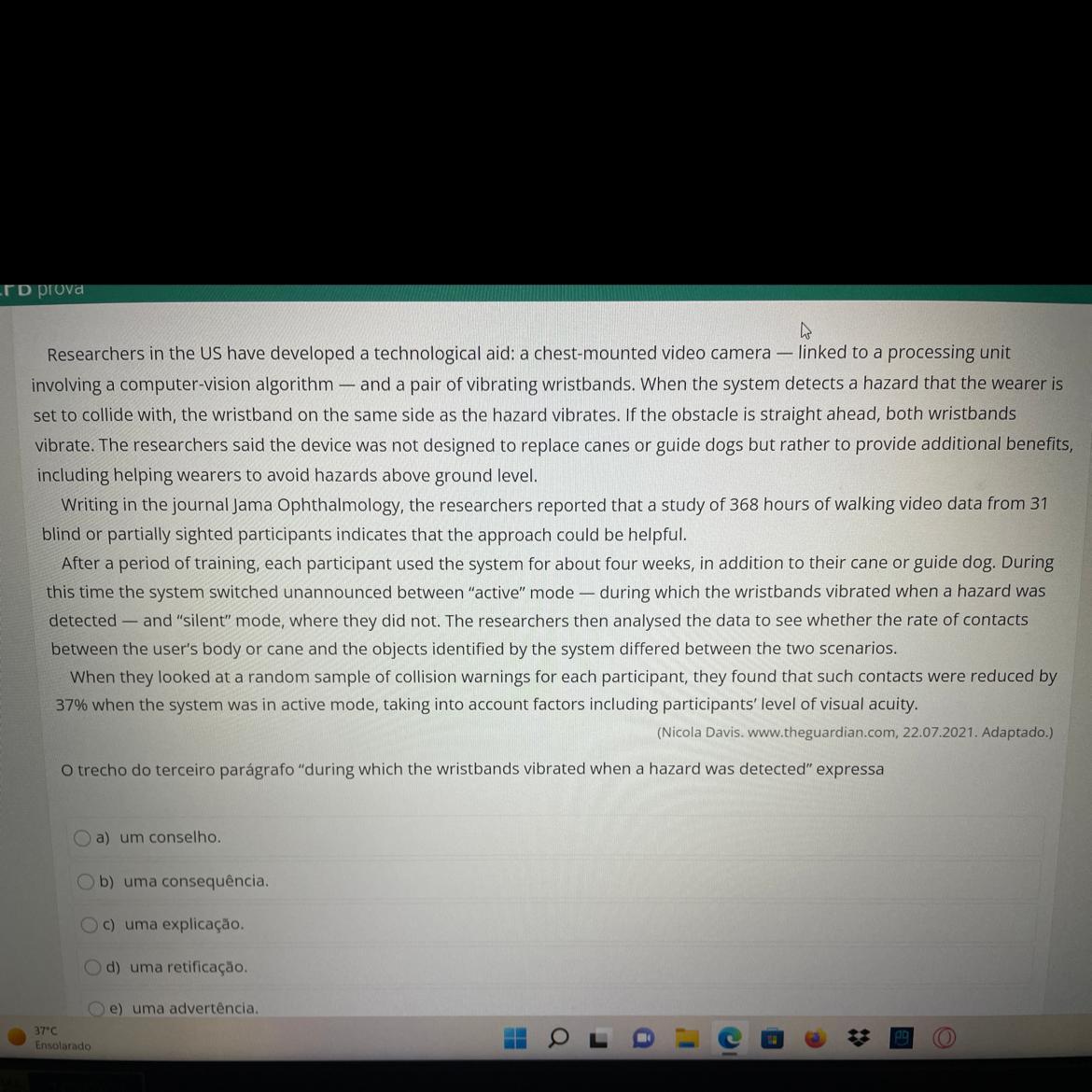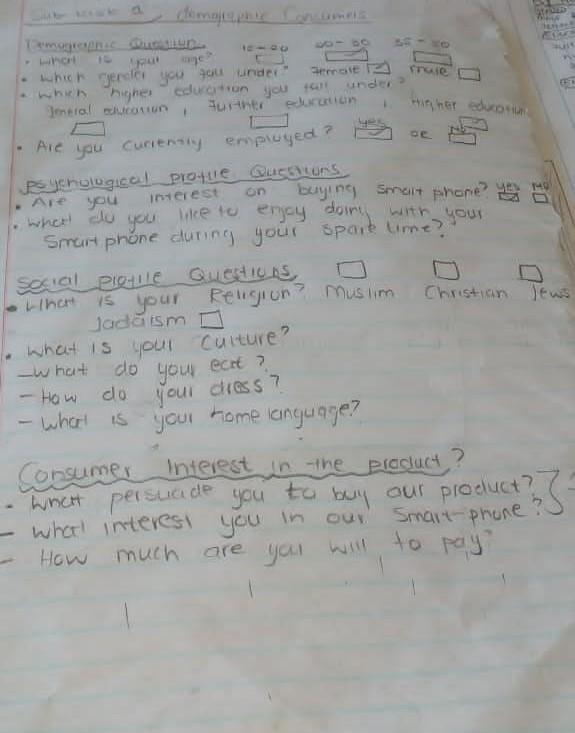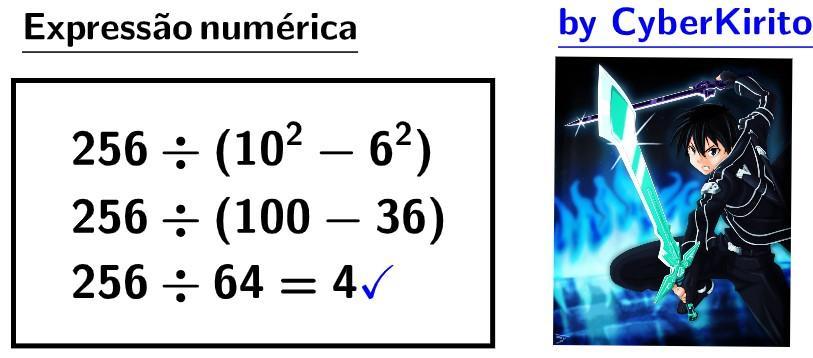Texto: “Researchers in the US have developed a technological aid: a chest-mounted video camera - linked to a processing unit involving a computer-vision algorithm - and a pair of vibrating wristbands. When the system detects a hazard that the wearer is set to collide with, the wristband on the same side as the hazard vibrates. If the obstacle is straight ahead, both wristbands vibrate. The researchers said the device was not designed to replace canes or guide dogs but rather to provide additional benefits, including helping wearers to avoid hazards above ground level. Writing in the journal Jama Ophthalmology, the researchers reported that a study of 368 hours of walking video data from 31 blind or partially sighted participants indicates that the approach could be helpful. After a period of training, each participant used the system for about four weeks, in addition to their cane or guide dog. During this time the system switched unannounced between "active" mode - during which the wristbands vibrated when a hazard was detected - and "silent" mode, where they did not. The researchers then analysed the data to see whether the rate of contacts between the user's body or cane and the obiects identified by the system differed between the two scenarios. When they looked at a random sample of collision warnings for each participant, they found that such contacts were reduced by 37% when the system was in active mode, taking into account factors including participants' level of visual acuity.” Questão: O trecho do terceiro parágrafo “during which the wristbands vibrated when a hazard was detected” expressa A) Um conselho B) Uma consequência C) Uma explicação D) Uma retificação E) Uma advertência

Respostas 1
Resposta:
C) Uma explicação
Explicação:
-
Autor:
popeyeg1u4
-
Avalie uma resposta:
2
Você sabe a resposta? Adicione-a aqui!
Escolha um idioma e uma região
How much to ban the user?
1 hour
1 day
100 years


